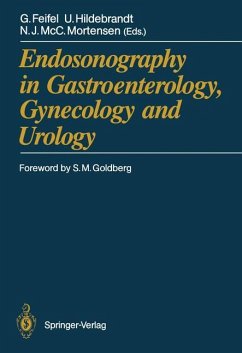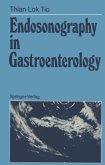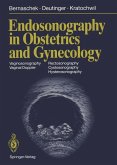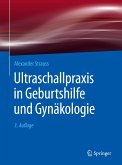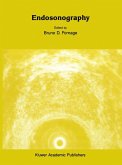Technical improvements over the past twenty years have made endos copy the procedure of choice for examination of the hollow organs of the genitourinary and gastrointestinal tracts. The development of electro surgical techniques, laser technology, injection therapy, and a wide variety of other modalities now allow the endoscopist to treat many problems that in the past required open surgery. The simultaneous development of transcutaneous abdominal sonography has had an equally dramatic impact on the practice of gastrointestinal and geni tourinary surgery. The marriage of these proven technologies, known as endoscopic sonography, provides an exciting new modality that promises to further revolutionize the diagnosis and management of many intraabdominal diseases. Endoscopic sonography opens new frontiers by overcoming the primary limitations of its parent technologies. Fiberoptic endoscopy is limited by the inability to see beyond the luminal surface, this is particularly importantwhen considering neoplastic disease because depth of wall invasion is a key factor in determining treatment. The limiting factor in transcutaneous sonography is the distance between the transducer and the target organ. With endoscopic sonography, the transducer is placed in close proximity to the target organ. This allows the use of high frequency waves (greater than 5 MHz), which provide better tissue resolution and eliminates the image distortion caused by overlying structures.

